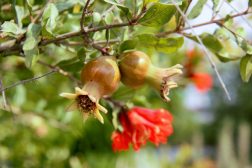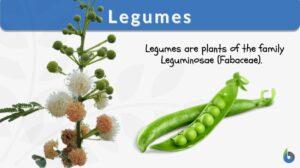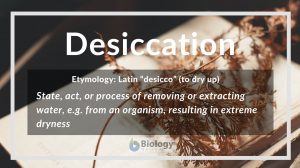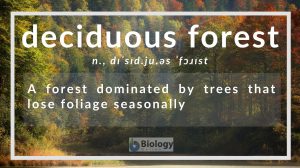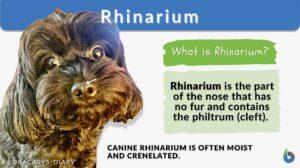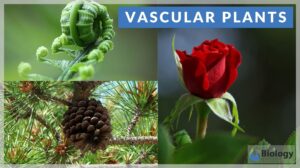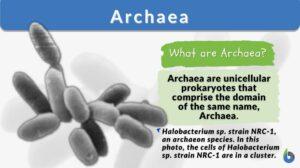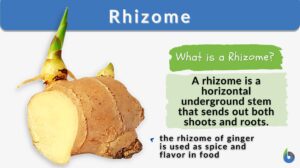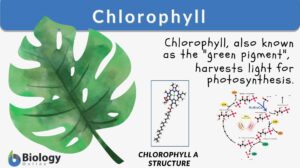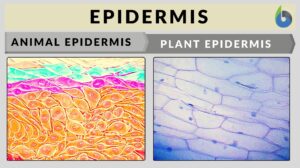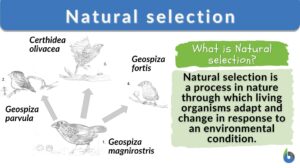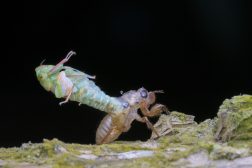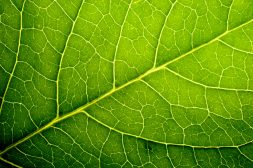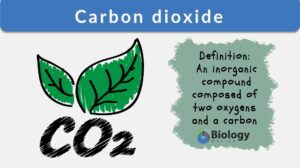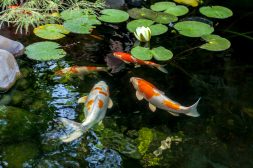Search Results for: dry
Active dry yeast
Definition noun A form of dry yeast in which the yeasts are not killed but made dormant through dehydration, and return to... Read More
Dry leprosy
Dry leprosy --> anaesthetic leprosy a form of leprosy chiefly affecting the nerves, marked by hyperesthesia succeeded by... Read More
Wet and dry bulb thermometer
Definition noun (meteorology) A meteorologic instrument comprised of two thermometer bulbs (where one is kept dry and the... Read More
Fruits, Flowers, and Seeds
Flowering plants grow in a wide variety of habitats and environments. They can go from germination of a seed to a mature... Read More
Desiccation
Desiccation definition Desiccation refers to the state, the act, or the process of removing or extracting water content... Read More
Amphibians & Early Reptiles
Amphibia Definition (Science: zoology) Amphibia is one of the classes of vertebrates. The amphibia are distinguished by... Read More
Arthropods
There are over two million species of arthropods, who initially arrived on Earth in the middle of the Cambrian period.... Read More
Haplorrhine
Definition noun, plural: haplorrhines Any of the primates characterized mainly by being dry-nosed because of a lack of a... Read More
Simple fruit
Definition noun, plural: simple fruits A type of fruit that develops from a single or compound ovary with only one pistil... Read More
Deciduous forest
Deciduous Forest Definition A deciduous forest is a type of forest dominated by trees that lose their foliage at the end of... Read More
Xerophthalmia
Definition noun Excessive dryness of the cornea and conjunctiva Supplement The dryness of the eyes is associated with the... Read More
Saline solution
Saline Solution Definition Saline solution is one the most medically-used solution, which contains sodium chloride... Read More
Vascular plants
Definition of Vascular plants The term 'vascular' is derived from the Latin word vāsculum, vās, meaning "a container and... Read More
Bone matrix
Bone Matrix Definition Bone matrix refers to the matrix component of bone tissue. It provides the structural framework and... Read More
Aestivation
Definition noun (1) (botany) The arrangement of petals (as well as sepals) within a flower bud that is yet to open. (2)... Read More
Hydrophilic
Hydrophilic Definition What does a hydrophile (or hydrophilic molecule) mean? If a molecule is “water-loving”, it is... Read More
Psychrometer
Definition noun, plural: psychrometers A simple form of hygrometer with two thermometer bulbs in which one is kept dry and... Read More
Pyruvic acid
What is Pyruvic Acid? Pyruvic acid is an organic acid that occurs as an intermediate in many metabolic processes. It occurs... Read More
Prodromal period
There are five stages (or phases) of a disease. (Hattis, 2020). These stages are (1) Incubation period, (2) Prodromal... Read More
Chlorophyll
Why are most plants green? Have you ever had the same question? Perhaps, you’ve been told that the plants are green... Read More
Estivation
Definition noun (1) (botany) The arrangement of petals (as well as sepals) within a flower bud that is yet to open. (2)... Read More
Natural selection
Natural Selection Definition What is natural selection in biology? Natural selection is defined as a process in nature... Read More
Growth Patterns
When measuring growth, it is more desirable to use dry mass as a reliable indication. However, since you can't just 'suck'... Read More
Carbon dioxide
Carbon Dioxide Definition noun, car·bon di·ox·ide, /daɪˈɒksaɪd/ (biochemistry) An inorganic compound, with the... Read More
Freshwater Communities & Lentic Waters
Lentic (still water) communities can vary greatly in appearance, anything from a small temporary puddle to a large lake is... Read More

